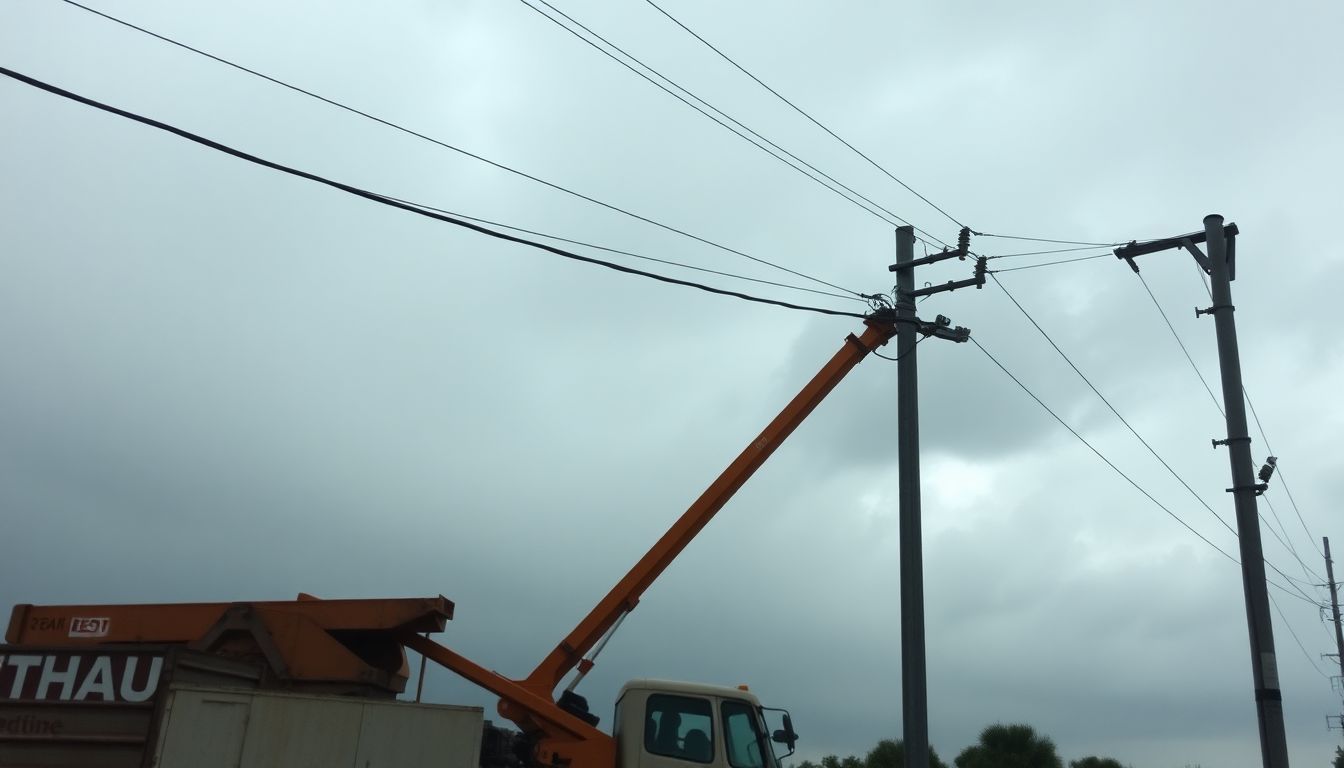Power line injuries can cause severe harm and high medical costs. Each year, about 400 people die from electrical accidents in the US. This blog post will guide you through filing a lawsuit for power line injuries.
Learn how to seek fair compensation for your losses.
Key Takeaways
- Power line injuries cause about 400 deaths yearly in the US, with 50% of injuries on construction sites due to equipment contact with lines.
- Utility companies are often liable for accidents on their side of the meter, while property owners are responsible for hazards on their property.
- Filing a lawsuit involves documenting the incident, identifying responsible parties, consulting a lawyer, and proving negligence through evidence like accident reports and safety records.
- Victims can seek damages for medical costs, lost wages, pain and suffering, and diminished quality of life, with Ohio’s Wrongful Death Statute allowing families to claim for loss of support and companionship.
- After a power line injury, victims should call emergency services, report to the utility company, seek medical care, document the scene, and consult a lawyer experienced in electric shock cases.
Common Causes of Power Line Injuries

Power line injuries often stem from workplace accidents. Heavy equipment contact with power lines causes about 50% of injuries and deaths on construction sites. Overhead distribution lines play a role in over 90% of workplace electrocutions.
Workers aged 20 to 35 make up more than half of all fatalities and serious injuries from electrical accidents.
Safety is not an intellectual exercise to keep us in work. It is a matter of life and death. – Terry Mathis
Natural events also contribute to power line hazards. Severe weather can damage lines, leading to dangerous situations. Planned rolling blackouts, while meant to prevent larger outages, can create unexpected risks.
These factors highlight the need for caution around power lines in various settings. Understanding liability for power line injuries is crucial for those affected by such accidents.
Liability for Power Line Injuries
After learning about common causes of power line injuries, it’s crucial to understand who bears legal responsibility. Utility companies often face liability for accidents that occur on their side of the meter.
These firms must keep power lines safe and well-maintained. If they fail to do so, they may be held accountable for resulting injuries.
Property owners also play a key role in power line safety. They are liable for accidents that happen on their side of the meter under premises liability laws. This means they must keep their property free from electrical hazards.
In some cases, both utility companies and property owners share blame. Multiple parties can be held responsible in power line injury cases. Proving negligence is vital to establish liability in electrocution incidents.
Victims must show that someone failed to take proper care, leading to their injury.
Filing a Power Line Injury Lawsuit
Liability for power line injuries often leads to legal action. Filing a power line injury lawsuit involves several key steps.
- Document the incident: Gather photos, witness statements, and medical records.
- Identify responsible parties: Determine if utility companies, property owners, or contractors are at fault.
- Consult an attorney: Seek legal advice from a lawyer with experience in electrical injury cases.
- File within the statute of limitations: Submit your claim before the legal deadline expires.
- Prepare a strong case: Collect evidence to prove negligence and damages.
- Serve the complaint: Notify the defendants of the lawsuit through proper legal channels.
- Engage in discovery: Exchange information and evidence with the opposing party.
- Negotiate a settlement: Attempt to resolve the case without going to trial.
- Proceed to trial if needed: Present your case before a judge or jury if settlement talks fail.
- Prove negligence: Show the defendant’s duty, breach, causation, and resulting damages.
- Demonstrate damages: Provide evidence of medical costs, lost wages, and pain and suffering.
- Address potential defenses: Be ready to counter claims of contributory negligence or third-party actions.
Proving Negligence in Power Line Injury Cases
Proving negligence in power line injury cases requires strong evidence. Lawyers must show that the power company failed to maintain a duty of care, causing harm. Key evidence includes eyewitness accounts, accident reports, and safety records.
These documents help establish a pattern of neglect or reckless conduct. Experts often review equipment problems and maintenance logs to demonstrate failures.
Evidence is the cornerstone of proving negligence in power line injury cases.
Gross negligence involves more serious breaches of safety. To prove it, lawyers must show the company had notice of issues but failed to act. This may include ignoring reports of faulty equipment or skipping required inspections.
Courts look for a conscious disregard for customer safety. Demonstrating gross negligence can lead to higher damage awards for victims.
Types of Damages Recoverable
Power line injury lawsuits can seek various types of damages to compensate victims for their losses. These damages aim to cover both economic and non-economic impacts of the injury.
| Type of Damage | Description |
|---|---|
| Medical Expenses | Costs for hospital stays, surgeries, medications, and ongoing treatments |
| Lost Wages | Income lost due to inability to work during recovery |
| Pain and Suffering | Compensation for physical pain and emotional distress |
| Diminished Quality of Life | Damages for loss of enjoyment in daily activities |
| Loss of Support | Compensation for family members in wrongful death cases |
| Mental Anguish | Damages for psychological trauma and stress |
| Property Damage | Costs to repair or replace damaged property |
In Ohio, the Wrongful Death Statute allows families to seek damages for loss of support, services, and companionship. Electrical injury cases may result in higher compensation due to their severe nature. PG&E’s Safety Net program offers $25-$100 for extended power outages, but lawsuit damages can be much greater. The next section will explore the steps to take after a power line injury occurs.
Steps to Take After a Power Line Injury
Power line injuries can have serious consequences. Taking the right steps after such an incident is crucial for your health and potential legal claims.
- Call emergency services: Contact 911 immediately for medical help and to report the incident.
- Report to utility company: Inform the local utility company about the power line accident to create a formal record.
- Seek medical evaluation: Get a thorough health assessment to document injuries and start treatment promptly.
- Document the scene: Take photos and videos of the accident site, damaged equipment, and your injuries.
- Obtain surveillance footage: Request any available security camera recordings that may have captured the incident.
- Keep an injury diary: Start a detailed log of your symptoms, pain levels, and recovery progress.
- Preserve evidence: Save any damaged clothing or equipment related to the accident.
- Gather witness information: Collect contact details of anyone who saw the power line injury occur.
- Avoid discussing fault: Refrain from admitting guilt or blaming others until you’ve spoken with a lawyer.
- Contact a lawyer: Consult an attorney experienced in electric shock injury cases to discuss your legal options.
Supplementary Legal Insights
Legal experts can offer valuable insights on specific aspects of power line injury cases. These insights cover electrocution death claims, workers’ compensation for power line injuries, and third-party claims in electrical accidents.
Electrocution Death Claims
Electrocution deaths claim about 1,000 lives each year in the U.S. Families who lose loved ones to these tragic events can seek legal help. They may file claims for compensation to cover funeral costs, lost income, and pain and suffering.
The law allows for various types of claims in these cases. Product liability laws can hold makers of faulty electrical items responsible. Premises liability rules can apply when unsafe property conditions lead to electrocution.
Lawyers can guide families through the complex process of filing death claims. They help gather proof and build strong cases against those at fault. Expert help is key in getting fair payment for all losses.
This includes both money issues and emotional harm from the sudden loss. With proper legal support, families can focus on healing while seeking justice for their loved ones.
Workers’ Compensation for Power Line Injuries
Power line workers face high risks on the job. Each year, about 2,330 workers suffer non-fatal injuries, and 26 die from power line accidents. Workers’ comp helps these injured workers.
It pays for medical bills and lost wages without proving the employer was at fault. This system protects workers and helps them get back on their feet after an injury.
Workers’ comp has limits, though. It doesn’t cover pain and suffering or other non-economic damages. Quick action is key for a strong claim. Injured workers should report accidents fast and get medical care right away.
Waiting too long can hurt their chances of getting full benefits. Workers need to know their rights to get the most from workers’ comp after a power line injury.
Third-party Claims in Electrical Accidents
While workers’ compensation covers many power line injuries, third-party claims offer another avenue for recovery. These claims target outside parties who may have caused or contributed to an electrical accident.
Our firm has handled cases where faulty equipment or negligent contractors led to severe shocks. Victims can seek damages from these third parties for pain, suffering, and other losses not covered by workers’ comp.
Third-party lawsuits often involve complex investigations to prove fault. We’ve seen cases where improper grounding, exposed wiring, or contact with overhead lines caused injuries.
Liable parties may include property owners, electricians, or equipment manufacturers. A successful claim can provide full compensation for medical bills, lost wages, and long-term effects of electrical trauma.
Our experience shows these lawsuits are vital for helping injured workers get the support they need to recover.
When to Consult a Power Line Injury Lawyer
Power line injury victims should seek legal help fast. A skilled lawyer can guide you through the complex legal process. They will help you gather proof, talk to insurance firms, and file your claim on time.
Your lawyer will fight for fair pay for your injuries, lost wages, and pain.
I once helped a client who got hurt by a fallen power line. We proved the power company didn’t keep up with repairs. This led to a big win for my client. He got money to cover his medical bills and lost work time.
A good lawyer makes a huge impact in these cases.
Conclusion
Power line injury lawsuits can help victims get fair compensation. These cases need strong proof of utility company negligence. Victims should act fast to gather evidence and file claims.
Talking to a skilled lawyer can boost chances of success. With the right approach, injured parties can secure the damages they deserve.
For those also impacted by other accident types, such as distracted driving incidents, further legal assistance is available at Distracted Driving Accident Legal Help.
FAQs
1. What steps should I take after a power line injury?
Seek medical care right away. Document the accident scene and your injuries. Gather witness statements and contact details. Report the incident to the power company. Consult a lawyer who handles power line injury cases.
2. How long do I have to file a power line injury lawsuit?
The time limit varies by state. Most allow two to three years from the injury date. Some states give less time. Check your local laws or ask a lawyer to avoid missing deadlines.
3. What damages can I claim in a power line injury lawsuit?
You may seek compensation for medical bills, lost wages, pain and suffering, and future care needs. In severe cases, you could claim disability or disfigurement damages. A skilled attorney can help determine your case’s full value.
4. Who might be liable for my power line injury?
Possible liable parties include the power company, property owners, or equipment manufacturers. Construction firms or government entities could also share blame. A thorough investigation will reveal all potentially responsible parties.
References
- https://www.galfandberger.com/aop/construction-accidents/power-line-injuries/
- https://www.conleygriggs.com/blog/establishing-liability-in-an-exposed-power-line-electrocution-injury/
- https://www.grossmanjustice.com/new-jersey-fallen-power-line-electric-shock-lawyer/
- https://www.legalmatch.com/law-library/article/power-line-injury-lawyers.html (2023-10-23)
- https://www.thelyonfirm.com/catastrophic-injury/electrical-burn/
- https://www.anapolweiss.com/blog/what-are-your-rights-after-a-power-line-electrocution-injury-in-pennsylvania/ (2024-04-30)
- https://www.cainfirm.com/faqs/how-can-i-win-a-texas-electric-shock-accident-lawsuit/
- https://www.montlick.com/blog/electrocution-accidents-and-your-rights-to-compensation/ (2011-06-11)
- https://www.dolmanlaw.com/blog/workers-compensation-power-lineman/
- https://www.askadamskutner.com/workers-compensation/electrical-shock-injury/
- https://www.hofmannlawfirm.com/faqs/third-party-lawsuits-for-construction-site-electrical-shocks.cfm
- https://rtrlaw.com/personal-injury/who-can-be-held-accountable-if-a-downed-power-line-injures-you/ (2023-03-11)

